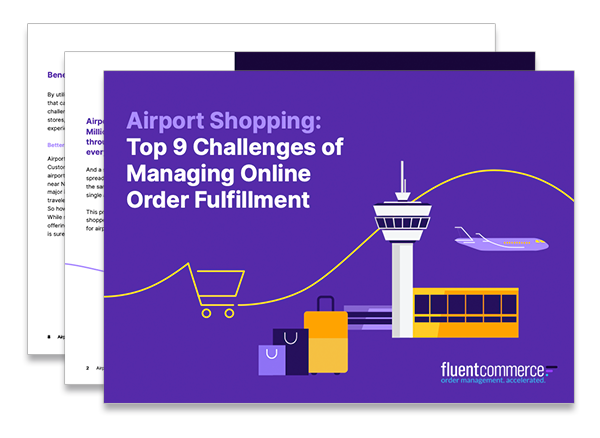Did you know early airports weren’t just for passengers? They were designed as a destination for leisure activities. In 1939, La Guardia Airport in New York attracted nearly 250,000 visitors per month, reaching a peak of 7,000 in one day—yet there were only 3,000 actual air passengers. Similarly, in 1929 Berlin’s airport had a restaurant on the roof of the passenger terminal that could seat 3,000 people.
Airports are not as they once were. No longer a leisure attraction, they act more as a thoroughfare as people rush to catch flights. Fast forward a few decades and flying has become more accessible. This resulted in airports expanding, and retail stores began to line the terminals.
Travel was on a high in 2019. And then the COVID-19 pandemic disrupted the globe in ways that could not have been predicted—hitting the travel industry especially hard. While there has been an increase in travel from 2020 to 2021, we are still not at the levels seen in 2019. Corporate travel in particular took a hard hit. Many US-based companies’ travel budgets were cut and declined by 90% or more starting in early 2020. And while corporate travel spend is increasing over the course of 2021, it is predicted that we will still not see a full recovery even by Q4 of 2022, with a projected range of travel spend at only 65-80% when compared to 2019 levels.
The lack of travelers has had a huge impact on the retail stores in airports around the world. Airports have been forced to figure out how to best maximize revenue in other ways. And while much of today’s travel is out of an airport’s control, the customer shopping experience is not. Airports can provide customers with a unified shopping experience when they have the right systems in place.
It can be a challenge to gather accurate inventory data from tenants. And airports have added nuances such as changes in flight schedules, local tax rules and limits on restricted items. It can also be a challenge to deliver orders to the right place, and at the right time. And how about allowing travelers to order goods online before their flight? Or for pickup in a specific terminal or even home delivery? How can airports address these challenges? With a modern Order Management System (OMS).
An OMS that can be tailored to an airport’s unique needs and challenges—from order consolidation, pickup options, customer notifications and more—is key to success. And the ability to provide a seamless shopping experience is a win-win for customers and tenant stores alike.
As corporate and leisure travelers reemerge, airports should capitalize on the growing demand for online shopping experiences. For more information on how Fluent Order Management can help, request a demo today.




